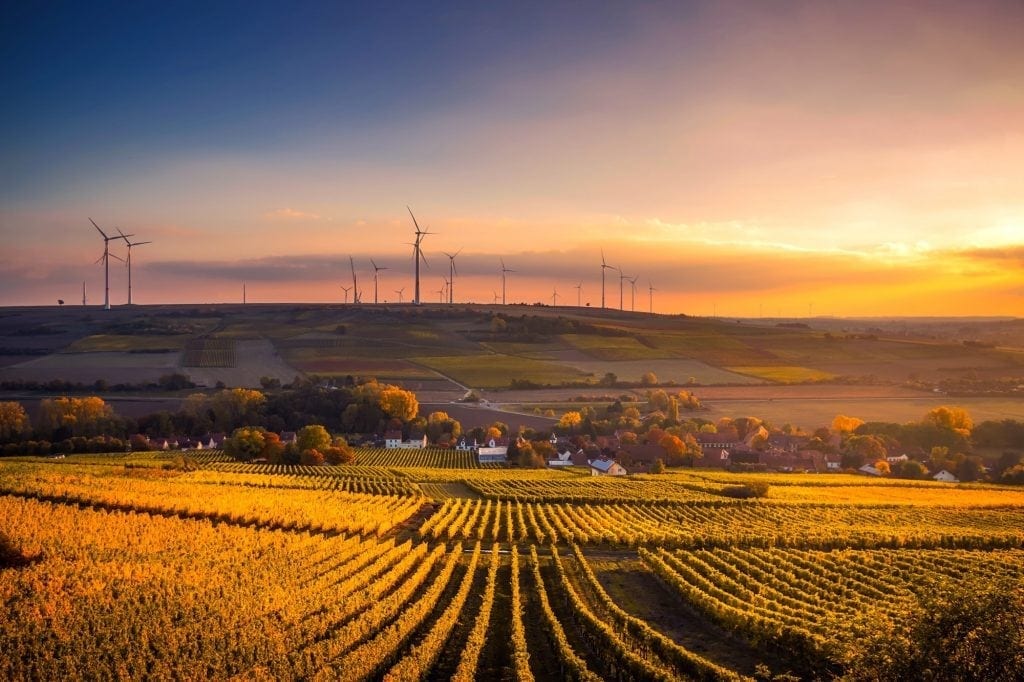No products in the cart.
Agriculture, Implements
How to reduce costs in agriculture
Controlling production costs is a fundamental aspect of field entrepreneur management. New technologies help prevent waste and promote cost savings in agriculture. Therefore, always try to apply planting techniques that favor the improvement in the quality of the soil and the reduction or elimination of the damages caused by pests.
But do you know how to reduce production costs? How to use level planting? What is green manure? What is the importance of crop rotation? Why do no-till farming? How to avoid waste? How to implement precision farming? Read the answer to these questions below, and learn how to reduce costs and optimize your production.
Always look for technical enhancement
Currently, research institutions, such as Embrapa, are continuously seeking to develop processes and products that can contribute on improving productivity and food quality and also reducing production costs.
Technical recommendations are important not only to reduce costs, but also to avoid waste, reduce environmental impact and save resources.
Embrapa has launched a guide with integrated production standards and good agricultural practices, called Integrated Agricultural Production (IP Brazil), which can reduce production costs by up to 35% by rationalizing the use of inputs and good practices.
Use level planting to control erosion
Erosion control practices such as level planting and use of terraces are very old and important technologies for production sustainability. Of relatively low cost, they allow to control the erosion of the soils and to maintain its productive potential.
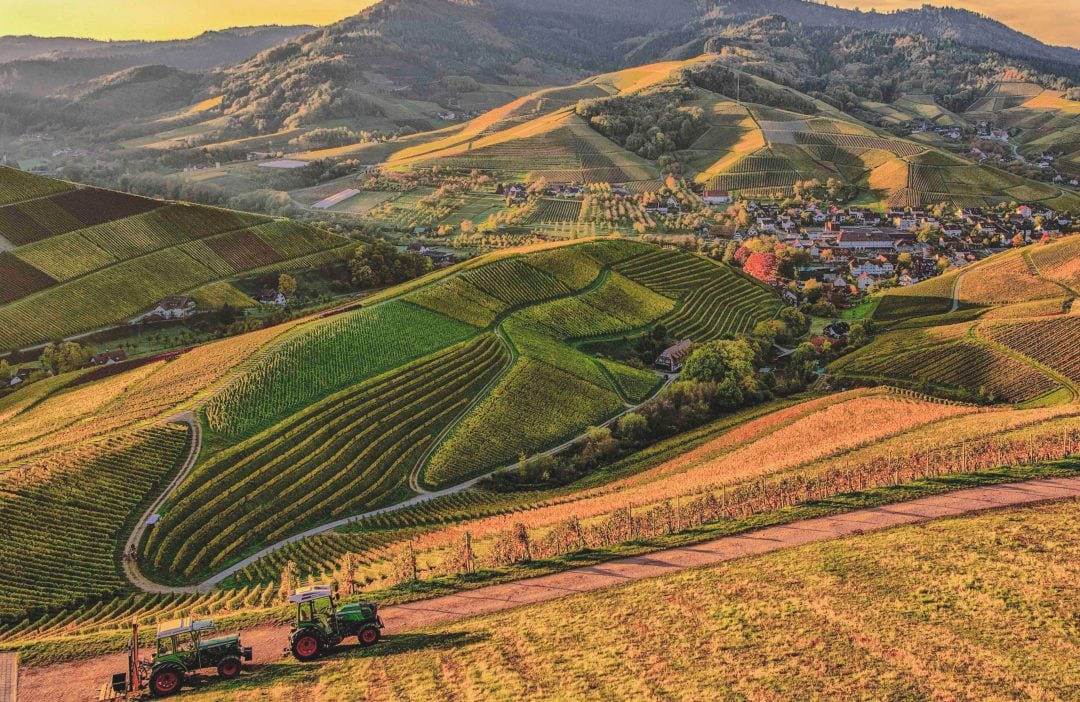
Even so, in the 2017 Harvest Rally, in 83% of the cases the terraces were not used and in 63% of the cases the soybean and maize sowing was not performed in the level.
Use organic fertilization techniques
The fertilizer comprises a significant margin of the producer’s budget. The techniques of organic fertilization can contribute to increase the fertility of the soil with low cost and without addition of fertilizers, with excellent results – this technique is able to increase up to four times the production of vegetables.
The so-called green manure uses leaves of leguminous plants, such as beans, pods and peas, which have a greater ability to absorb nitrogen – a mineral salt fundamental to the development of plants, as it causes plants to interact with bacteria that are in the soil, thus providing a greater amount of nutrients.
This technique favors the improvement of soil fertility (physical, chemical and biological) and allows to reduce the amount of chemical fertilizers applied to the soil. Another option is to make fertilization using animal manure, which has, in addition to nitrogen, copper, zinc and potassium.
Watch for crop rotation and diversification
The cultivation of only one crop (monoculture) extracts from the soil the necessary nutrients only for that type of plant. Over time, the production capacity of the soil is greatly reduced, causing an imbalance in the mineral reserves.
The crop rotation allows different nutrients to be absorbed by the species at each new planting, since different plants will be used. For example, you can make a switch between soybean and corn crops or between legumes and non-legumes.
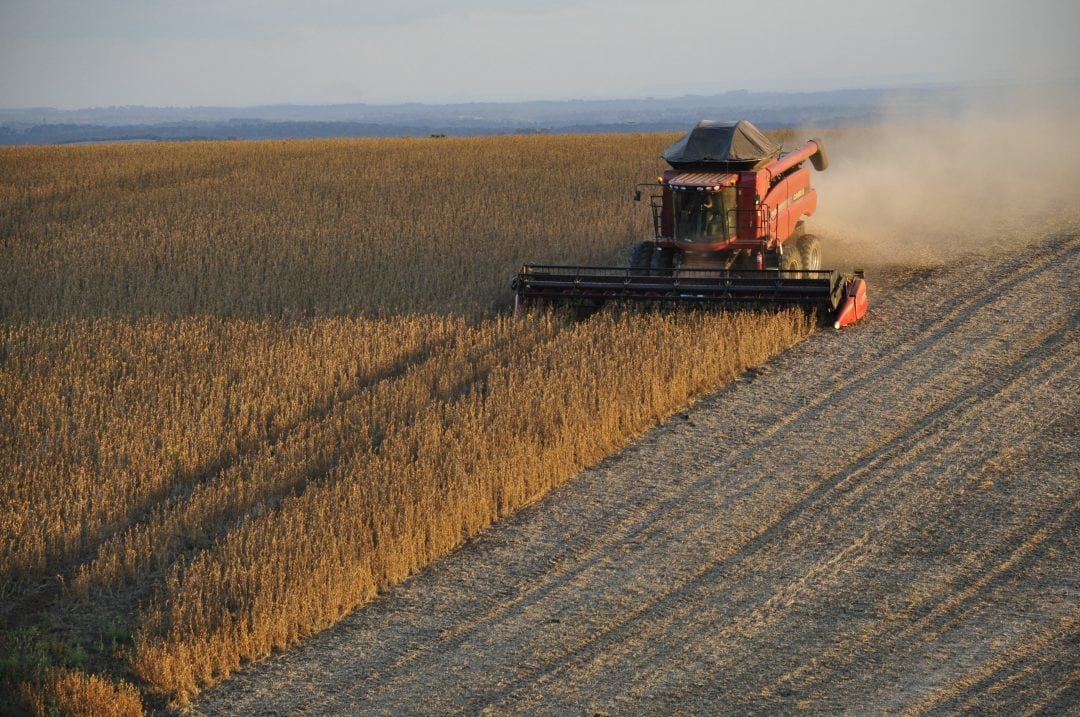
Besides improving soil fertility, crop diversification facilitates pest and disease control, reduces the use of pesticides, protects soil from weather effects, and improves soil structure.
Bet on no-till farming
No-till farming is a type of cultivation carried out without plowing or harrowing. The idea is to leave on the ground a cover of vegetal residues, with minimum soil rotation, thus maintaining a cover of straw or living plants.
Soil cover with straw facilitates the management of weeds of difficult control, such as buva and bitter grass. In addition, the technique provides lower fuel costs, enriches the soil, reduces the impact of rainfall and maintains the ideal temperature for the crop, reducing moisture loss.
Identify sources of waste
According to a report released by the Food and Agriculture Organization of the United Nations (FAO), over one billion tons of food are dumped every year, equivalent to 24% of all production for human consumption and a loss of one trillion dollars.
Much of this waste (about 520 million tons) occurs during production, storage and handling of food. It is therefore important that the rural producer identifies the sources of waste and thereby minimizes losses.
Try to identify where waste occurs along each stage of the production chain. Are the methods of handling during harvesting the most appropriate? Is transportation, warehousing and distribution logistics efficient? Are the pesticides used the most suitable? In this way, it will be possible to identify where losses occur and optimize production.
Make good use of irrigation
According to data from the National Sanitation Information System (SNIS), 38.8% of the water treated in our country is wasted. They are more than three billion liters thrown out every year. It is estimated that, in Brazil, 72% of this resource is used by agriculture in irrigation.
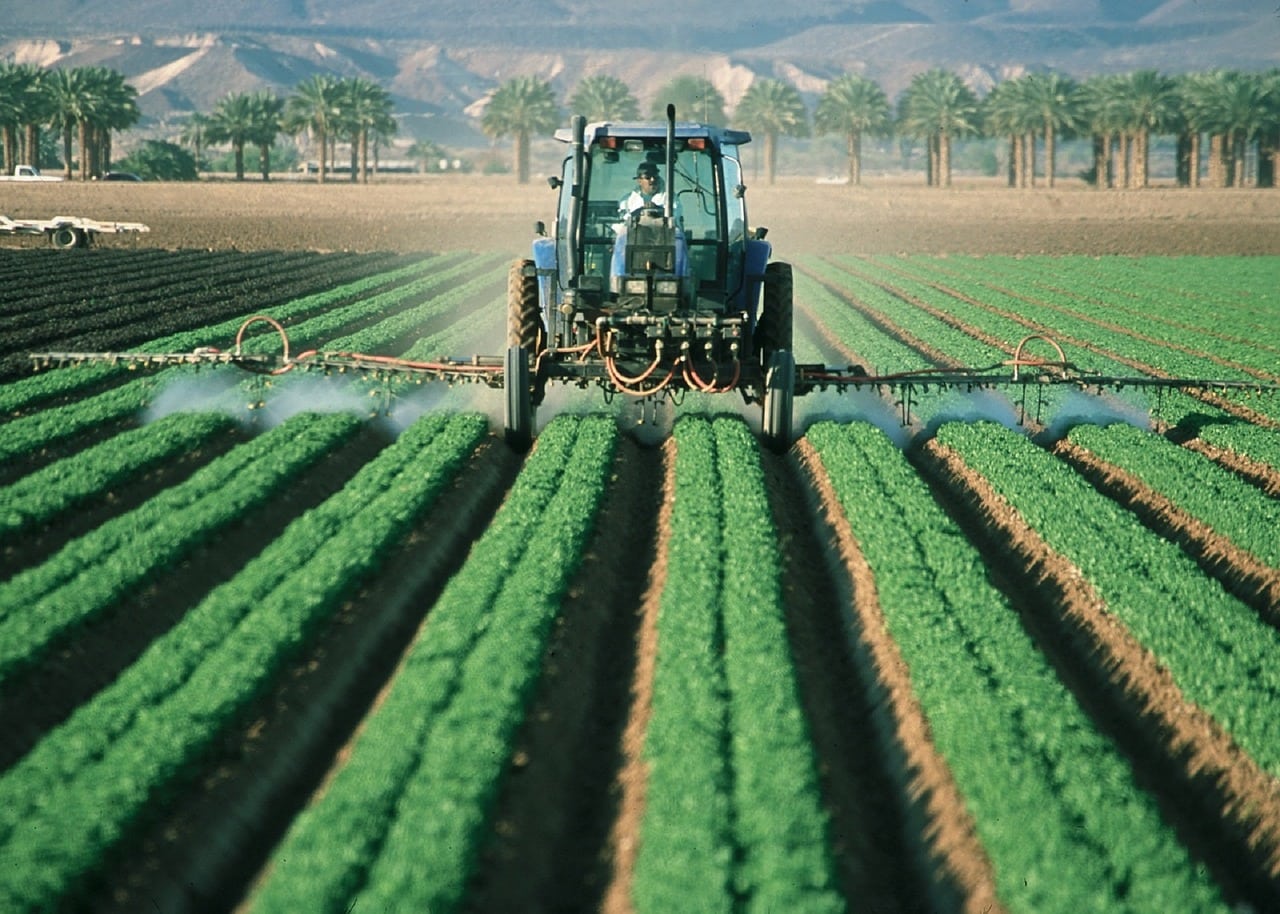
Simple practices such as storage of rainwater in cisterns, use of screens to protect the sun from the plantations, leveling of the crop area and reuse of water are solutions that can optimize the use of water in your property.
Invest in mechanization
Investing in technology is also key to reducing costs. Machining reduces operating costs and increases productivity. The machines should be used to benefit not only big properties, but also small rural producers.
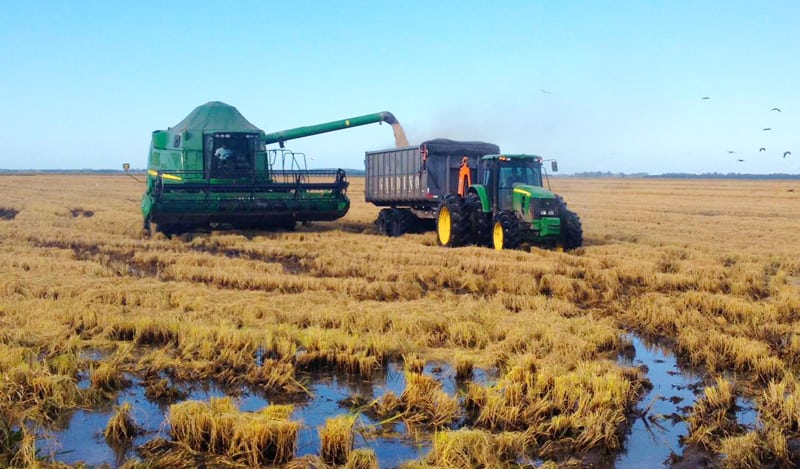
Bet on precision farming
Precision farming refers to the use of technology to guide crop management based on climate and soil information. Its basic principle is the management of soil and crop variability in space and time.
With more accurate data on crops, it is possible to automate processes at all stages of fertilization, planting, cultivation, spraying and harvesting. Technological tools allow understanding the various factors that can influence production results and implement strategies that correct or improve handling.
Harvesters, for example, now have GPS systems connected to sensors, making it possible to calculate the harvest volume and create maps to determine which areas of the property are most productive. The end result is lower costs in agriculture and increased productivity.
By using these techniques of planting and treating the soil, coupled with the new technologies, you will be able to reduce production costs and increase your productivity. Check out an example of new technology for the field:
The roll on roll off trailer brings solutions to the field
 Mechanization and new technological solutions increasingly help the work in the field, bringing great advances to our productive capacities. A good example of these advances is the use of roll on roll off trailers for agricultural tractors…
Mechanization and new technological solutions increasingly help the work in the field, bringing great advances to our productive capacities. A good example of these advances is the use of roll on roll off trailers for agricultural tractors…


